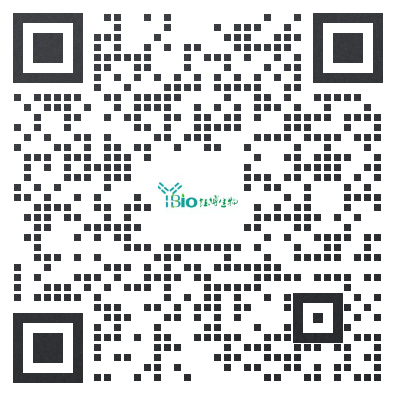
Anti-NDV Fusion glycoprotein F1/FITC Conjugated抗体
产品名称: Anti-NDV Fusion glycoprotein F1/FITC Conjugated抗体
英文名称: Anti-NDV Fusion glycoprotein F1/FITC
产品编号: YB--23212R-FITC
产品价格: null
产品产地: 中国/美国
品牌商标: Ybscience
更新时间: 2023-08-17T10:29:50
使用范围: 科研使用
上海钰博生物科技有限公司
- 联系人 : 陈环环
- 地址 : 上海市沪闵路6088号龙之梦大厦8楼806室
- 邮编 : 200612
- 所在区域 : 上海
- 电话 : 183****2235 点击查看
- 传真 : 点击查看
- 邮箱 : shybio@126.com
- 二维码 : 点击查看
Anti-NDV Fusion glycoprotein F1/FITC Conjugated抗体
| 产品编号 | YB-23212R-FITC |
| 英文名称 | Anti-NDV Fusion glycoprotein F1/FITC |
| 中文名称 | FITC标记的鸡新城疫融合糖蛋白F1 |
| 别 名 | Newcastle disease virus strain D26/76 |
| 规格价格 | 100ul/2980元 购买 大包装/询价 |
| 说 明 书 | 100ul |
| 研究领域 | |
| 抗体来源 | Rabbit |
| 克隆类型 | Polyclonal |
| 交叉反应 | Newcastle disease virus |
| 产品应用 | ICC=1:50-200 IF=1:50-200 not yet tested in other applications. optimal dilutions/concentrations should be determined by the end user. |
| 分 子 量 | 60kDa |
| 性 状 | Lyophilized or Liquid |
| 浓 度 | 2mg/1ml |
| 免 疫 原 | KLH conjugated synthetic peptide derived from NDV Fusion glycoprotein F1 |
| 亚 型 | IgG |
| 纯化方法 | affinity purified by Protein A |
| 储 存 液 | 0.01M TBS(pH7.4) with 1% BSA, 0.03% Proclin300 and 50% Glycerol. |
| 保存条件 | Store at -20 °C for one year. Avoid repeated freeze/thaw cycles. The lyophilized antibody is stable at room temperature for at least one month and for greater than a year when kept at -20°C. When reconstituted in sterile pH 7.4 0.01M PBS or diluent of antibody the antibody is stable for at least two weeks at 2-4 °C. |
| 产品介绍 | Function: Class I viral fusion protein. Under the current model, the protein has at least 3 conformational states: pre-fusion native state, pre-hairpin intermediate state, and post-fusion hairpin state. During viral and plasma cell membrane fusion, the heptad repeat (HR) regions assume a trimer-of-hairpins structure, positioning the fusion peptide in close proximity to the C-terminal region of the ectodomain. The formation of this structure appears to drive apposition and subsequent fusion of viral and plasma cell membranes. Directs fusion of viral and cellular membranes leading to delivery of the nucleocapsid into the cytoplasm. This fusion is pH independent and occurs directly at the outer cell membrane. The trimer of F1-F2 (F protein) probably interacts with HN at the virion surface. Upon HN binding to its cellular receptor, the hydrophobic fusion peptide is unmasked and interacts with the cellular membrane, inducing the fusion between cell and virion membranes. Later in infection, F proteins expressed at the plasma membrane of infected cells could mediate fusion with adjacent cells to form syncytia, a cytopathic effect that could lead to tissue necrosis. Subunit: Homotrimer of disulfide-linked F1-F2. Subcellular Location: Virion membrane {ECO:0000250}; Single-pass type I membrane protein {ECO:0000250}. Host cell membrane {ECO:0000250}; Single-pass membrane protein {ECO:0000250}. Post-translational modifications: The inactive precursor F0 is glycosylated and proteolytically cleaved into F1 and F2 to be functionally active. The cleavage is mediated by cellular proteases during the transport and maturation of the polypeptide (By similarity). {ECO:0000250}. Similarity: Belongs to the paramyxoviruses fusion glycoprotein family. Important Note: This product as supplied is intended for research use only, not for use in human, therapeutic or diagnostic applications |
